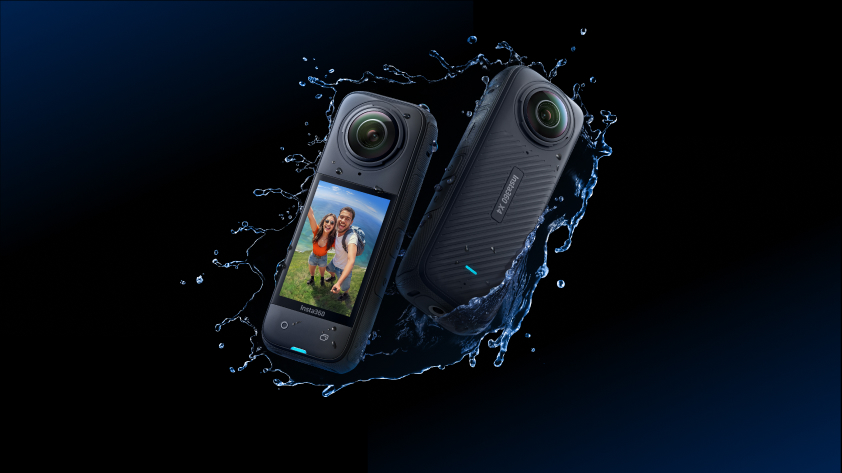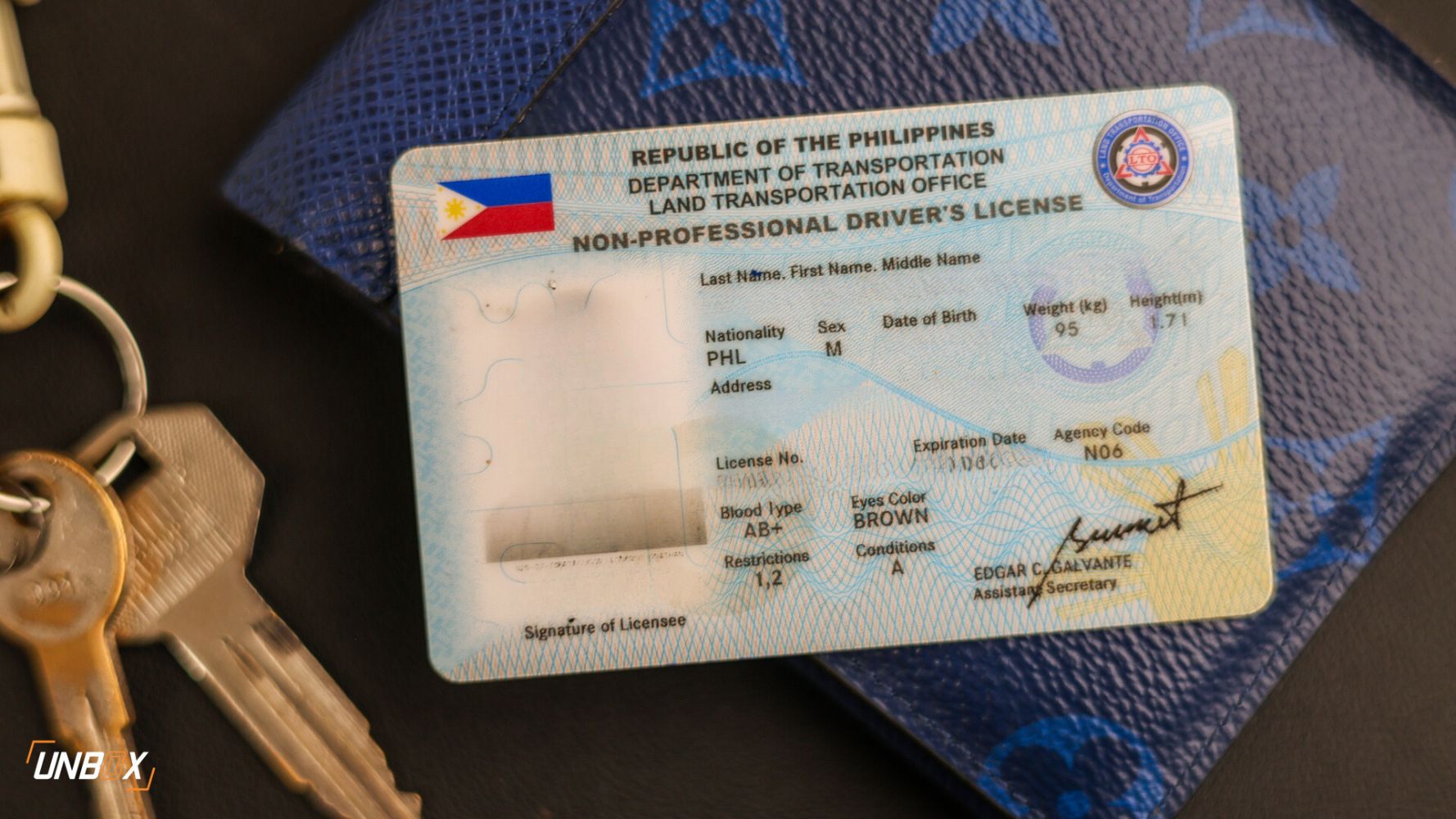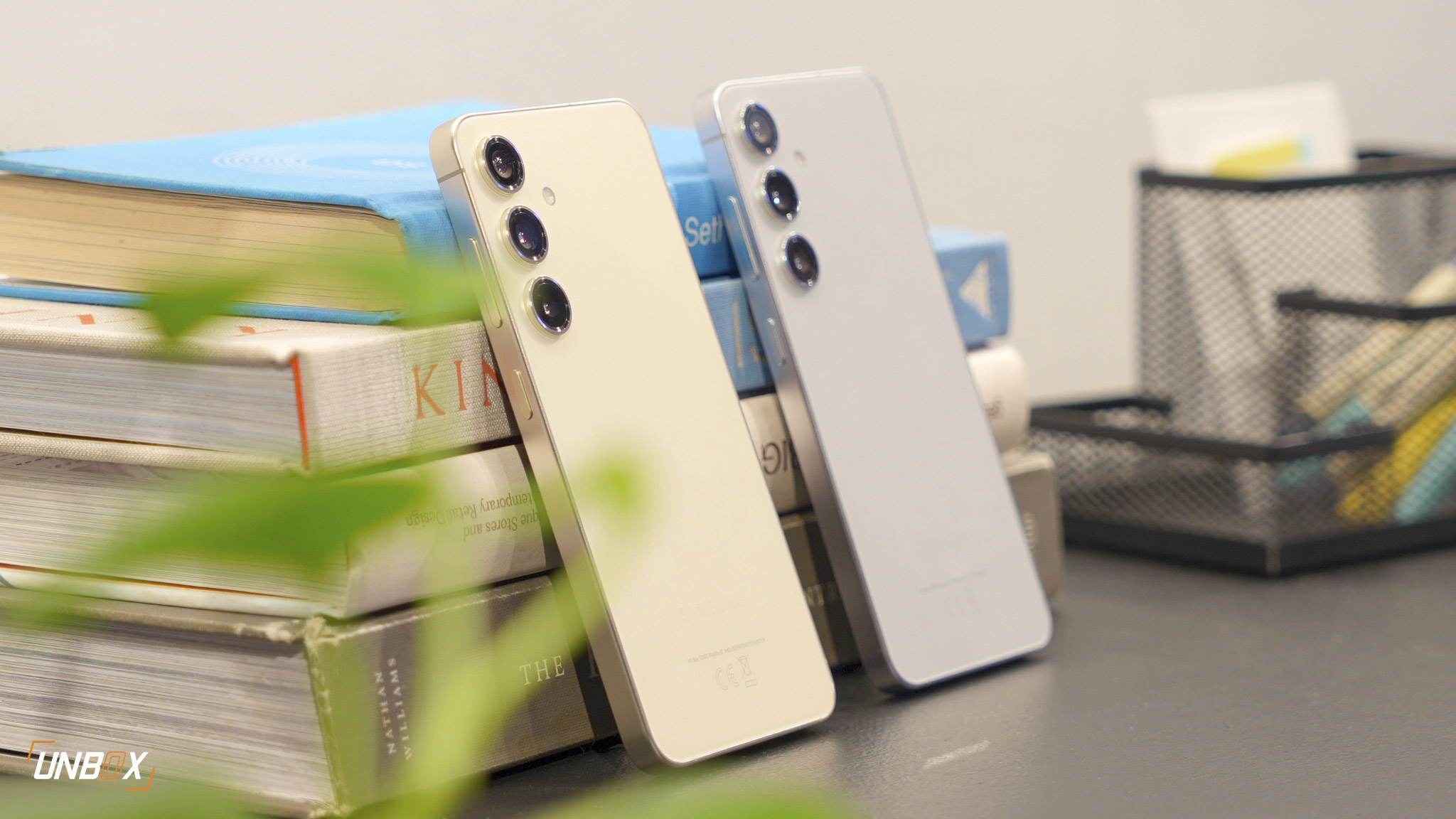We review the ASUS Zenfone AR!
Despite being a relative newcomer to the Android arena compared to their competitors, Taiwanese manufacturer ASUS has managed to produce smartphones with compelling tech – they were the first to come out with a phone with 4GB of RAM when 3GB was thought of as overkill in the ZenFone 2 in 2015, as well as a relatively compact optical zoom tech in the first ZenFone Zoom. They repeated the same feat with 6GB of RAM with the ZenFone 3 Deluxe last year, and while their flagship ZenFone AR has the most ram we’ve ever seen in their product lineup at 8GB, that’s not its killer feature.
ASUS is hoping that the inclusion of both Project Tango and Google Daydream in their newest flagship would put their brand over the top, and while the pricing of the phone would likely only attract ASUS loyalists with deep pockets, it’s still a great marketing coup for the company however you cut it.
Zenfone AR Specifications
- 2.35GHz Qualcomm Snapdragon 821 quad-core processor
- 8GB of RAM
- Adreno 530 GPU
- 5.7-inch Super AMOLED QHD display; 2560×1440 resolution, 551 pixels per inch
- 128GB of expandable storage, expandable up to 256GB
- 23-megapixel rear camera, f/2.0 aperture, 4-axis OIS, 3x zoom, PDAF, depth and motion tracking sensors
- 8-megapixel front camera, f/2.0 aperture
- 4G, LTE
- Dual SIM
- WiFi, Bluetooth
- GPS, A-GPS, GLONASS
- Fingerprint scanner
- USB Type-C
- 3300mAh Battery
- Android 7.0 Nougat with ZenUI 3.0

A familiar design with a new twist
The ZenFone AR doesn’t fall too far from the design tree, as it sports a familiar design with brand new material choices. It’s styled much like the ZenFone 3 Deluxe, with chamfered edges, sloping sides and curved corners. The big change is the material that ASUS used for the rear – leather instead of the unibody aluminum on their previous flagship.

Despite the leather finish, all eyes will be drawn to the large camera module located on the rear of the phone. The camera cluster that makes Google’s Project Tango work. There’s three cameras located on the rear – the main 23-megapixel rear camera, motion tracking camera and depth sensing camera.

All three work in unison to produce AR magic when you’re using Project Tango apps. The camera cluster looks big and chunky, but believe us when we say it’s a way nicer implementation compared to Lenovo’s Phab 2 Pro, the only other smartphone currently in the market that’s Project Tango enabled.

Ergonomics are what you’d expect from a 5.7-inch device, and while our large mitts had no problem handling the phone one handed, people with smaller hands may have problems with it.

The layout of the keys and ports on the ZenFone AR is pretty pedestrian – both the power button and volume rocker are located on the right of the phone, with the USB Type-C port, 3.5mm jack and speaker grille located on the bottom. The microSD/SIM slot is on the right of the phone.
We’ve been waiting for a phone from ASUS to have a QHD display and the ZenFone AR finally delivers, as its 5.7-inch Super AMOLED panel has a 2560X1440 display resolution which is what Google requires for Daydream, their VR platform. The display is protected by Gorilla Glass 4 and looks pretty good, with colors looking vibrant and rich on the display.

8GB RAM is overshadowed by the use of last year’s processor
While ASUS managed to stuff the ZenFone AR with 8GB of RAM, we’re a little disappointed that they didn’t delay the phone to make use of Qualcomm’s latest silicon, the Snapdragon 835, instead settling for last year’s flagship, the Snapdragon 821. We understand though – the ZenFone AR’s CES announcement schedule meant that SD835 was still a few months away from being announced. Add the fact that Samsung had first dibs on the SD835 before everyone else and we can see why they had to compromise with last year’s flagship.
Make no mistake though, SD821 is still plenty fast, though the intended audience for the phone would likely be a little annoyed that this year’s latest flagship processor isn’t in the device. Just a little disclosure though: the ZenFone AR review unit that the company sent over is the 6GB/64GB version though the retail device that will be sold in the Philippines will be sporting 8GB/128GB from the get go.
The ZenFone AR is as fast as this year’s crop of flagships despite using last year’s hardware. Regular Android apps and games load quickly and run well on it, though we did have a few apps crash on us with use. We’ll attribute that to the engineering nature of the device lent to us – hopefully the final retail version won’t have any issues when it ships.

Just like any other ASUS phone, the ZenFone AR comes with a ton of bloatware courtesy of the company’s ZenUI interface – so much so that a whopping 30 pre-installed apps updated when we first connected the phone to the internet. It’s an almost ridiculous amount of bloatware to have on a phone that’s being marketed as a luxury device.
Sound quality is good, and the phone has a 5-magnet speaker built into the bottom that delivers rich, loud sound. Call quality is great and we had no problems with either the LTE or GPS on the device.

Tango is cool but is sadly a novelty; Daydream is definitely the way to go for hiqh-quality VR
The ZenFone AR is the first phone in the world that has both Google’s Project Tango and Daydream on it. If you’re not familiar, Project Tango is the augmented reality computing platform developed and authored by Google. It’s the second such consumer device to be released by any company, with the first being Lenovo’s Phab 2 Pro.

Google’s Project Tango makes it easier for developers to insert virtual objects in the real-world through the display of the phone, and the tri-cam system works in unison to measure depth and motion to deliver high-quality AR experiences. It’s impressive tech, especially when you see it for the first time and the way the three sensors plus the display work together is pretty seamless. Even with SD821, the phone handled the resource-intensive task well enough and we didn’t encounter any problems while we were using it.
Sadly because Tango is new tech, there’s only a few apps that make use of it. There’s a couple of games that’s included in the phone when you buy it showing off the tech’s potential but with a grand total of two phones in existence, there isn’t exactly an avalanche of developers rushing to make content for it. Maybe that’ll change in the future, maybe it won’t – we’re still not sure at this point, and it’s important to note that the major selling point of this particular phone isn’t that useful to regular people. It’s a cool thing to show off to your friends, but sadly it’s not really useful after that.

What’s more useful is the phone’s Daydream certification. Google’s Daydream VR platform has a higher set of hardware requirements for good reason: it’s a way better VR platform than Cardboard. The better hardware plus the physical controller and comfier headset that’s required for it make for a better VR experience, but like Tango there isn’t a lot of high-quality apps yet for it. The difference is that there’ll be a lot more phones in the future that will have the same hardware for the tech, which means more chances of better apps down the line.
Great snaps from the rear camera
Lest we forget, the ZenFone AR’s 23-megapixel rear camera can shoot pretty pictures as well. There’s a bevy of shooting modes available, along with a fully manual shooting mode easily accessible through the camera app.
Image quality is great, and photos have plenty of detail even when shooting in challenging lighting. The camera is actually good enough that we used it to shoot product shots in two articles when our camera died during the day – something that we only do when we absolutely trust the image quality of camera in the phone we’re using.
Battery life is average
Despite being such a large phone, the ZenFone AR only has a 3300mAh battery inside its body. With such high-performance hardware inside of it (alongside the insane amount of bloatware) it’s not surprising that we didn’t get stellar battery life with it.
We would give you tangible PCMark battery benchmark numbers with the ZenFone AR but owing to the engineering nature of the device, it wouldn’t complete for some reason. But based on our use, you can expect around 8-9 hours of endurance with it. If you leave the house at 8 AM and use the phone moderately, expect to run out of battery around 5 PM. The fast charger takes some sting out of the middlin’ battery life.

Verdict: It’s a high-end phone that few will buy
ASUS’ ZenFone AR has a lot of new tech stuffed into its metal and leather-clad body, stuff that’s not found on other phones currently. Project Tango certainly is one of the more unique technologies we’ve ever seen today, and if you’re looking for a high-quality VR experience with Daydream, you’ve come to the right phone.
But while there’s a lot of potential with Project Tango, app choices for it is pretty slim and unless more phones show up with the tech, it’s probably going to stay that way.
We loved playing around with Google’s Daydream, but truth be told there’s currently no guarantee that the phone will ship with Google’s VR headset. Nor is there a guarantee that the Daydream headset will be made available for purchase once the ZenFone AR drops locally. That’s obviously not ASUS’ call, but since the phone leverages on two of Google’s new tech, the least the search giant can do is support their hardware partner by making the hardware available locally.
But in truth the ZenFone AR may turn out to be more of a technology demonstrator than a product that will fly off the shelves. Shoving multiple cameras and top-tier hardware in a phone like the ZenFone AR isn’t cheap, and while ASUS hasn’t said a word about pricing (we’ll all have to learn about it on the 24th), we expect it to be at least as expensive as Samsung’s Galaxy S8+.
Despite that, there’s really nothing quite like it in the market today.


















